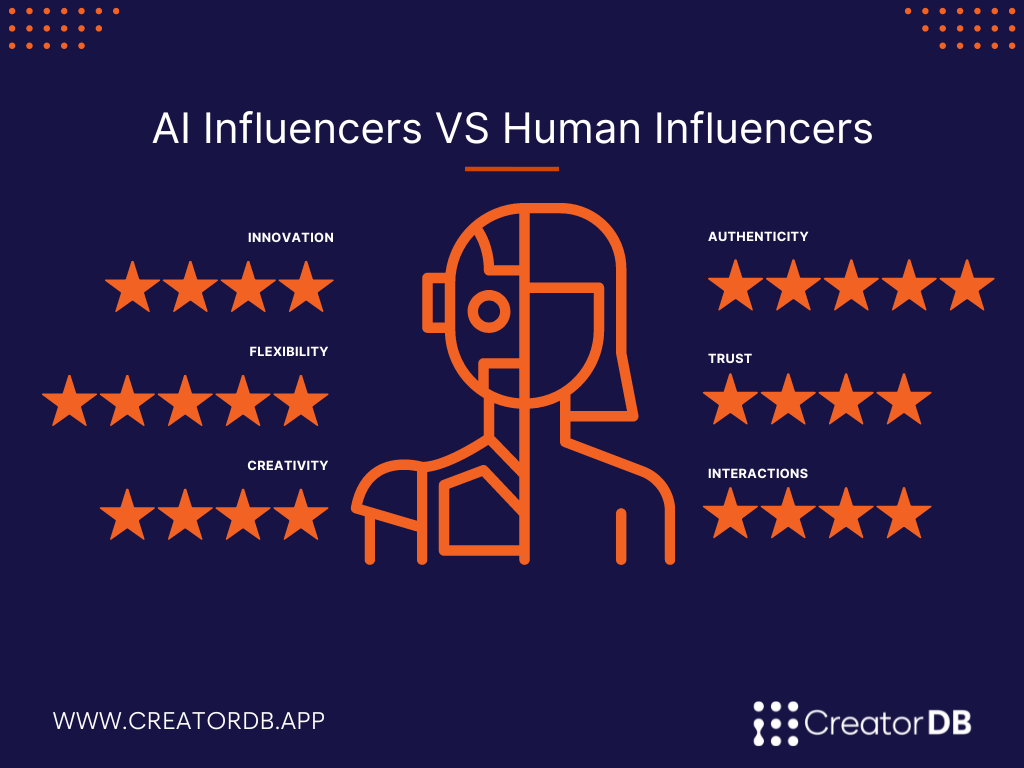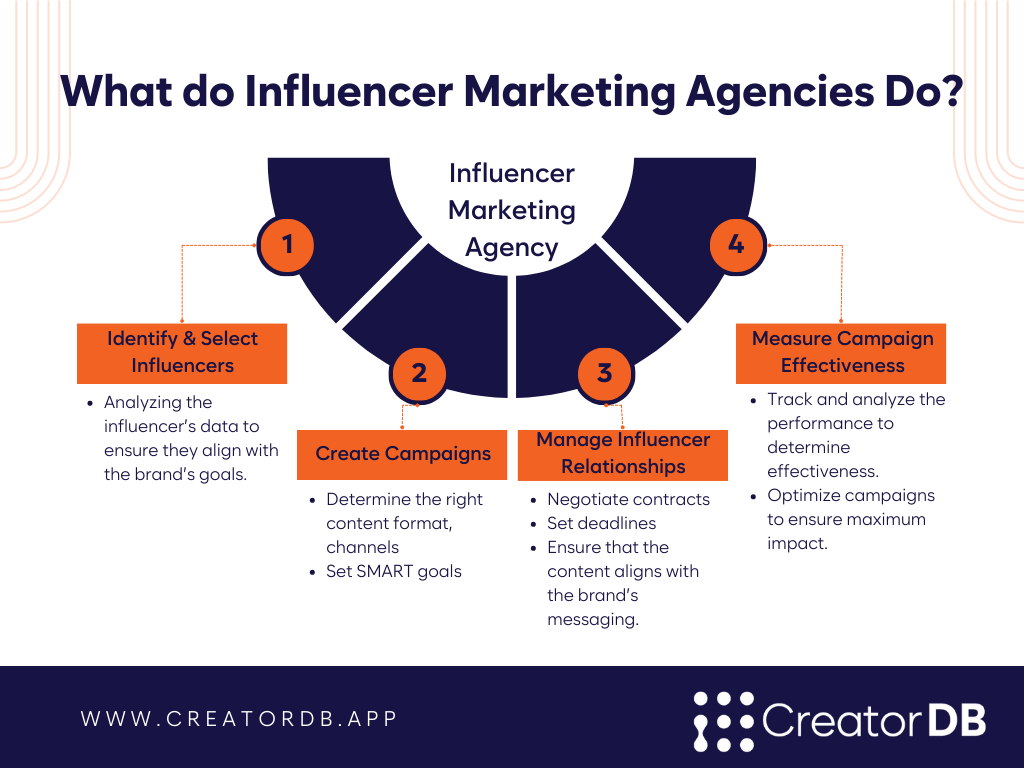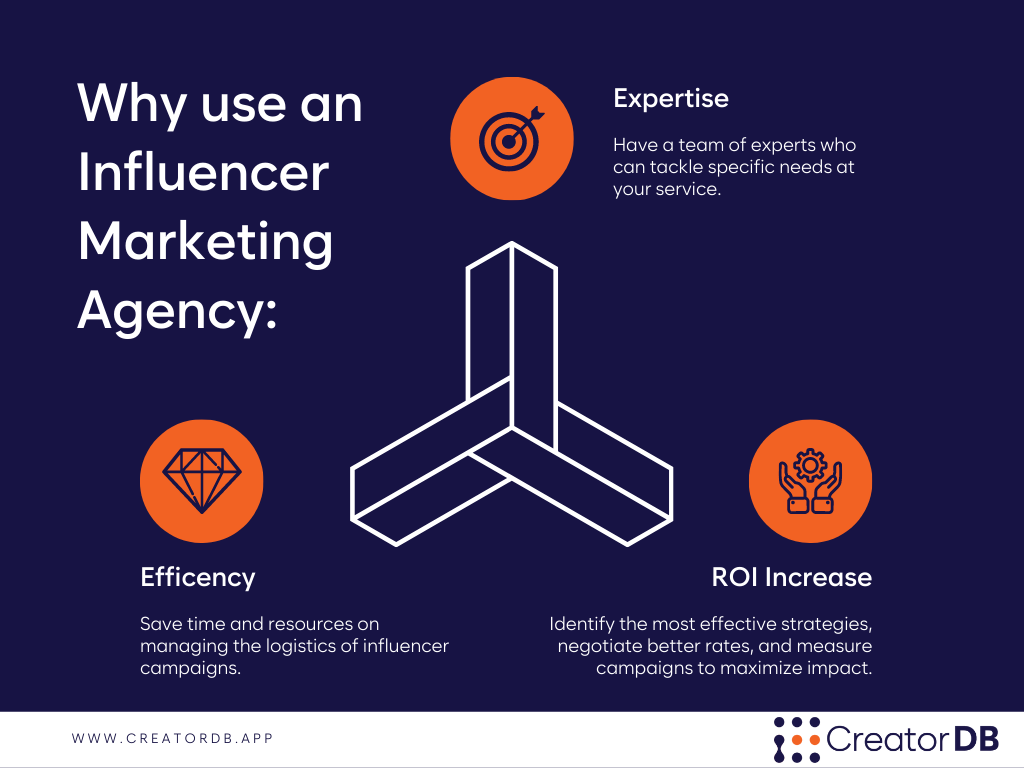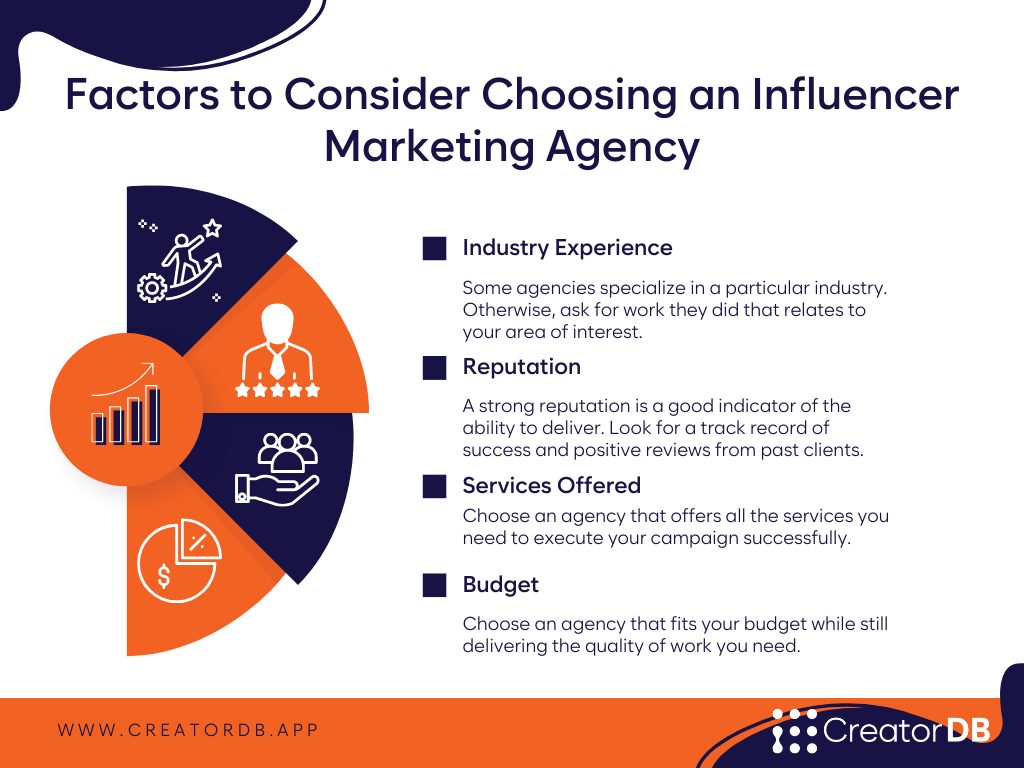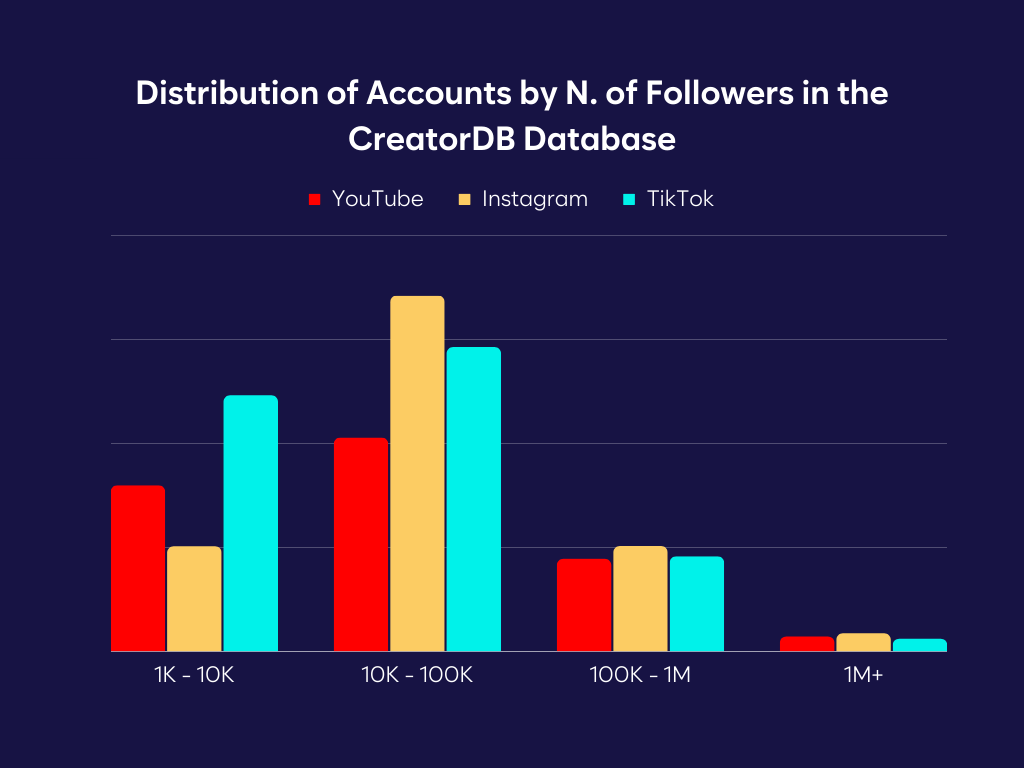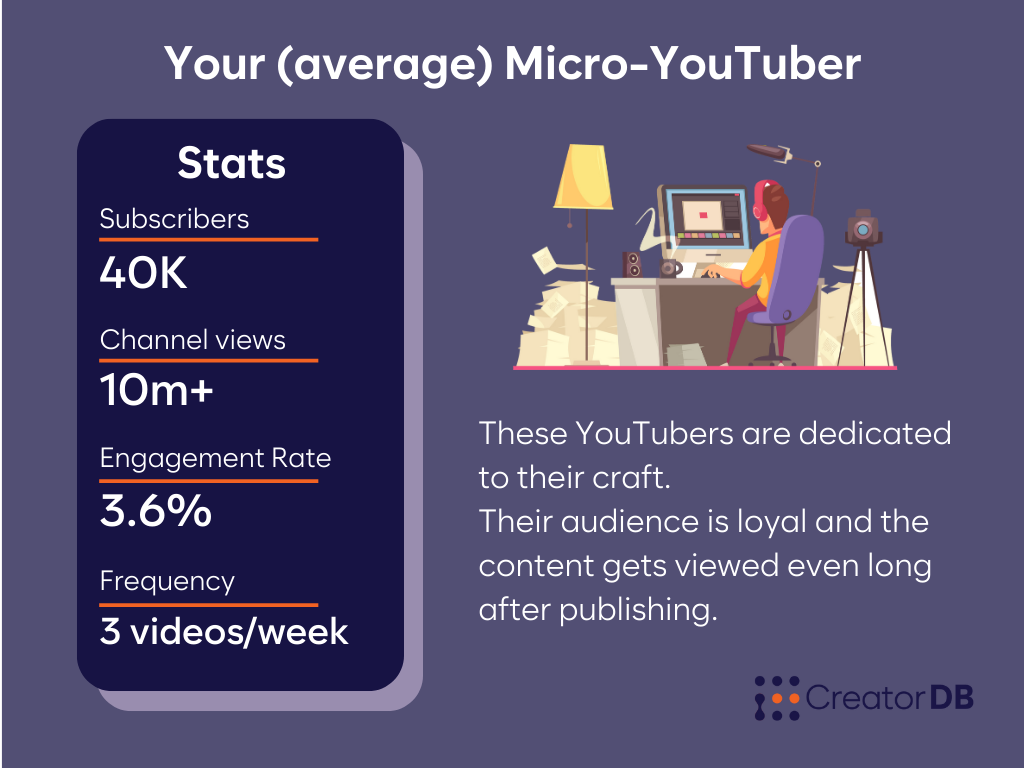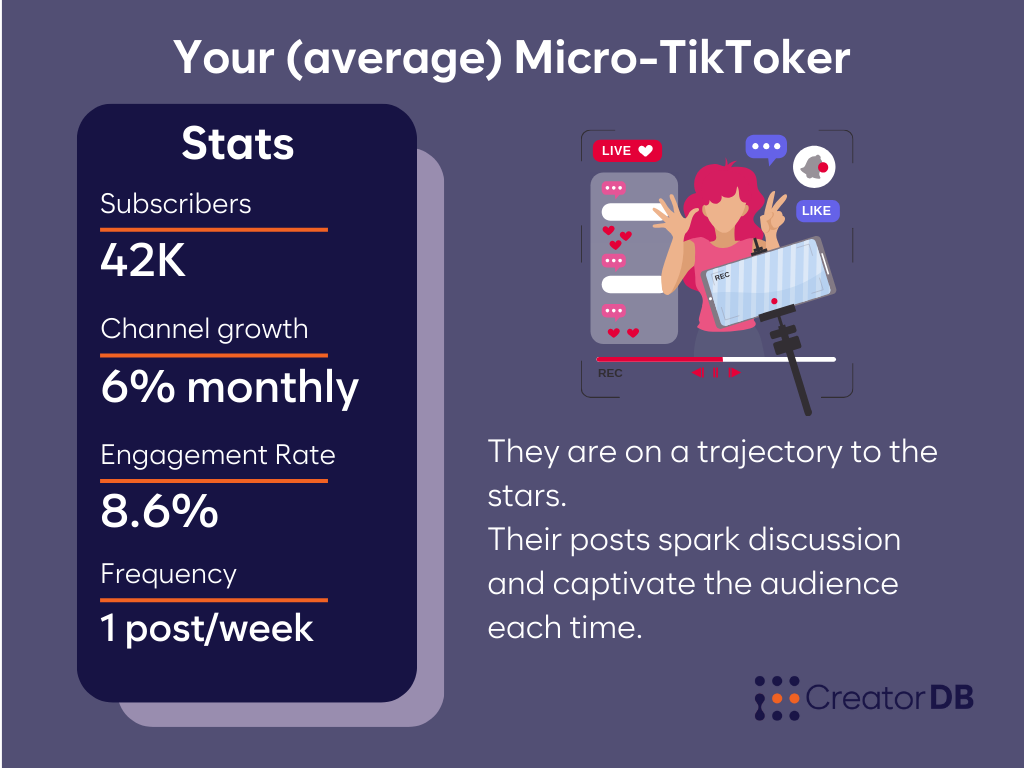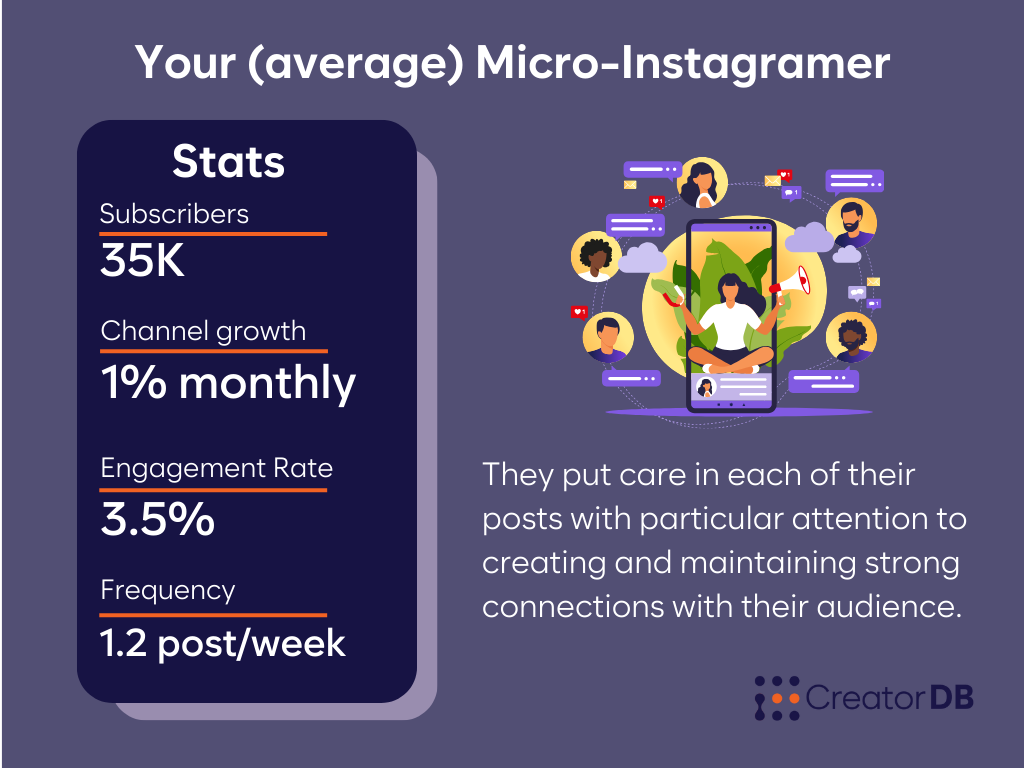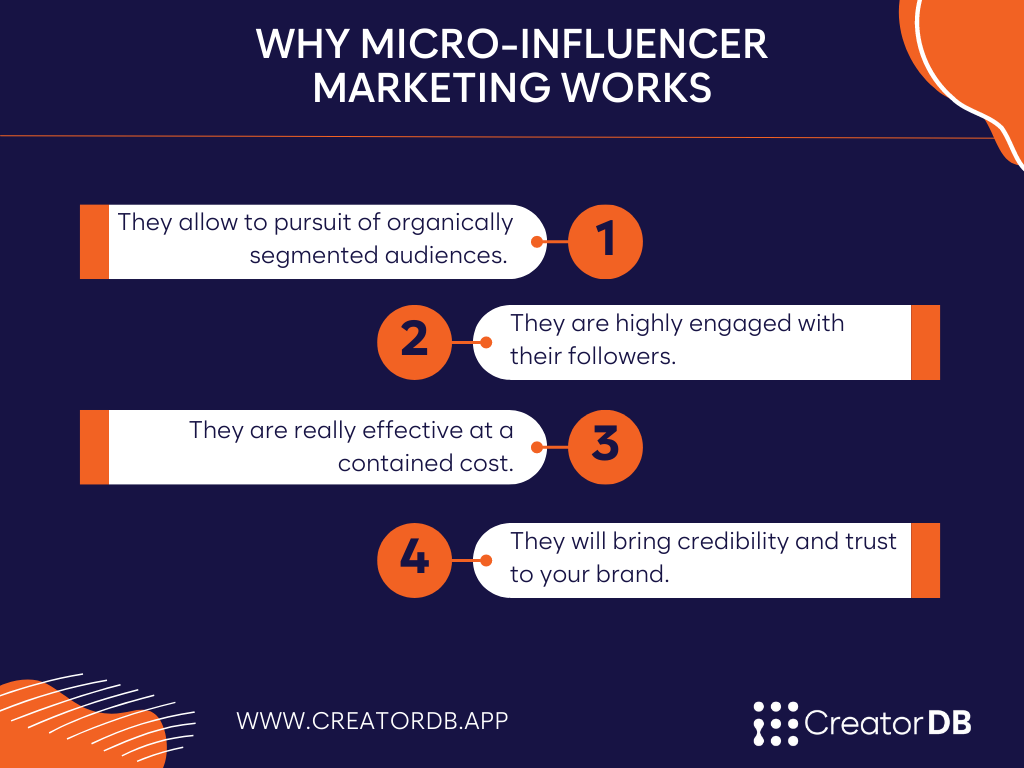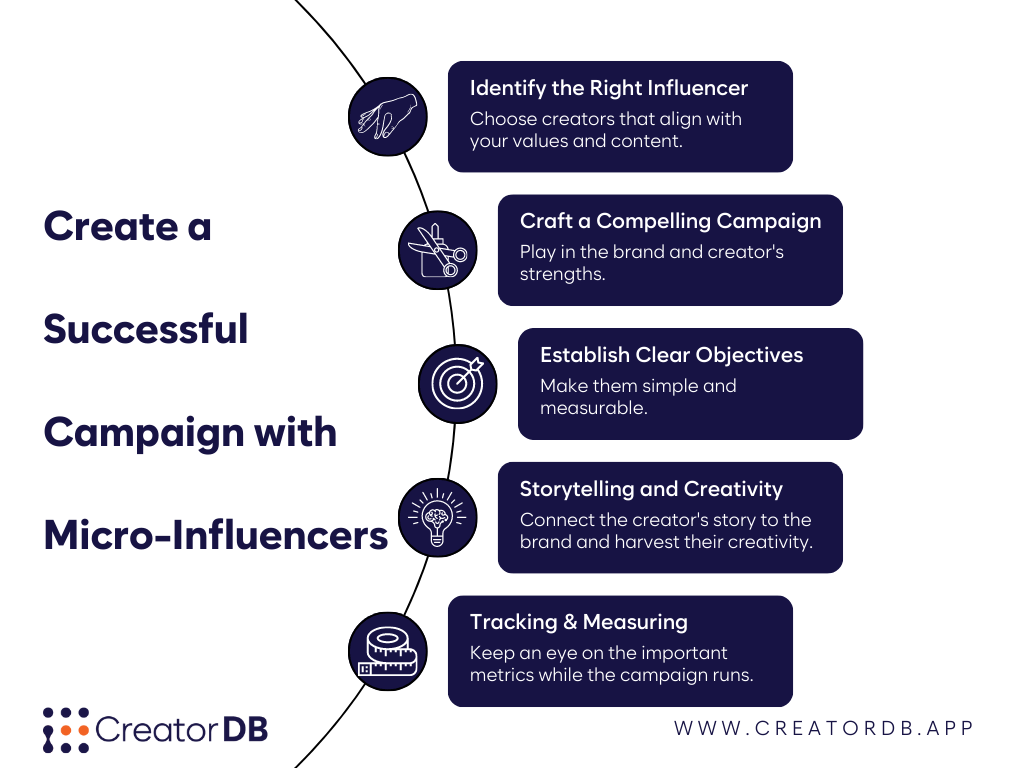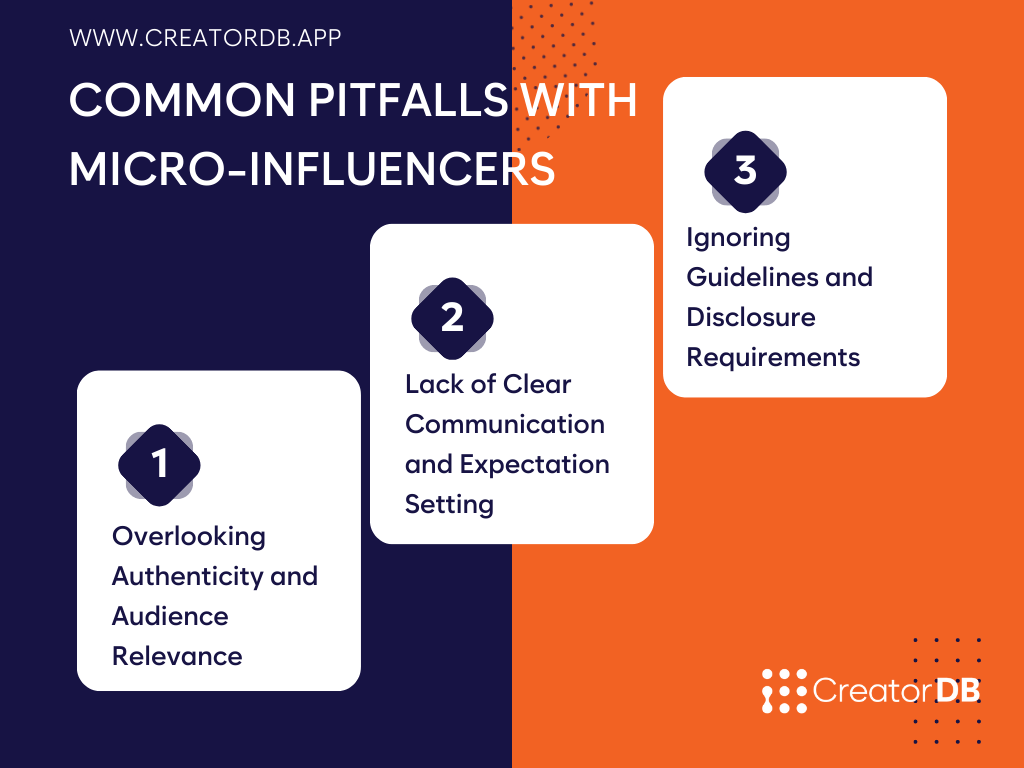In the dynamic world of fitness, certain women have risen to the top, inspiring millions with their dedication, expertise, and engaging content. Harnessing the power of social media, these influencers motivate their followers to lead healthier, more active lifestyles. Whether you’re seeking intense workouts, yoga sessions, Pilates routines, or holistic lifestyle advice, these remarkable individuals offer a wealth of knowledge and inspiration. Their unique approaches to fitness and wellness have made significant impacts, helping countless people achieve their health goals. Join us as we delve into their stories, explore their fitness philosophies, and celebrate their contributions to the wellness world.
Top 10 Women Fitness Influencers on YouTube
1) – Chloe Ting
@ChloeTing – 25.4M Subscribers
Chloe Ting is a globally acclaimed fitness influencer and YouTuber, best known for her high-energy workout videos and accessible fitness challenges. Her channel has inspired millions to pursue a healthier lifestyle, offering a variety of workout routines that cater to all fitness levels. Chloe’s vibrant personality and effective training methods have made her a favorite among fitness enthusiasts worldwide.
2) – Yoga With Adriene
@yogawithadriene – 12.8M Subscribers
Yoga With Adriene is a beloved yoga instructor and content creator, known for her inclusive and approachable style. Adriene Mishler’s channel offers a wide array of yoga practices, from beginner to advanced levels, emphasizing mindfulness and holistic well-being. Her warm and encouraging demeanor has helped millions of viewers cultivate a deeper connection with themselves through yoga.
3) – blogilates
@blogilates – 10M subscribers
Blogilates is the brainchild of Cassey Ho, a passionate fitness instructor and entrepreneur. Cassey’s YouTube channel features engaging Pilates workouts, nutrition advice, and motivational content. Her innovative approach and infectious enthusiasm have built a strong community of followers dedicated to achieving their fitness goals through fun and effective workouts.
4) – Pamela Reif
@PamelaRf1 – 10M Subscribers
Pamela Reif is a renowned fitness model and YouTuber, celebrated for her intense and results-driven workout routines. Her channel provides a wide range of fitness videos, from quick high-intensity interval training sessions to comprehensive workout plans. Pamela’s disciplined approach and commitment to fitness have inspired many to push their limits and achieve their best physical condition.
In need of a healthy snack? Check out the best food influencers on YouTube and TikTok.
5) – growingannanas
@growingannanas – 6.14M Subscribers
Growingannanas, led by Anna Engelschall, offers an array of high-intensity workout videos designed to challenge and motivate viewers. Anna’s channel focuses on dynamic and powerful routines that cater to various fitness levels, promoting strength and endurance. Her energetic style and dedication to fitness have garnered a loyal following of fitness enthusiasts seeking effective and exciting workouts.
6) – Lilly Sabri
@LillySabri – 5.52M Subscribers
Lilly Sabri is a dynamic fitness influencer and physiotherapist known for her engaging and diverse workout content. Her YouTube channel features a mix of strength training, cardio, and Pilates workouts, designed to help viewers achieve their fitness goals. Lilly’s professional background and vibrant personality make her workouts both effective and enjoyable.
7) – Mia Sayoko
@miasayoko – 4.18M Subscribers
Mia Sayoko is a lifestyle and fitness YouTuber who shares her journey of self-improvement and wellness with her audience. Her channel combines workout routines, healthy living tips, and personal vlogs, offering a holistic approach to fitness and well-being. Mia’s relatable content and genuine personality have made her a beloved figure in the fitness community.
8) – Joanna Soh Official
@joannasohofficial – 3.06M Subscribers
Joanna Soh Official is a fitness and nutrition expert, offering comprehensive workout videos and healthy lifestyle tips on her YouTube channel. Joanna’s content is designed to help viewers achieve their fitness goals through balanced nutrition and effective exercise routines. Her practical advice and positive attitude have inspired many to lead healthier lives.
9) – Sandra Okeke
@sofit_ngr – 2.48M Subscribers
Sandra Okeke is a fitness enthusiast and content creator who shares her passion for health and wellness through her YouTube channel. Sandra’s videos feature a variety of workout routines, from strength training to cardio, aimed at helping viewers achieve their fitness objectives. Her dedication and motivating approach have earned her a dedicated following.
10) – getfitbyivana
@getfitbyivana – 2.48M Subscribers
GetfitbyIvana is a fitness influencer known for her challenging and dynamic workout videos. Ivana’s YouTube channel offers a wide range of fitness routines, including strength training, HIIT, and mobility exercises. Her commitment to pushing physical boundaries and promoting an active lifestyle has inspired many to embark on their fitness journeys.

The only influencer marketing platform that gives the full picture.
Top 10 Women Fitness Influencers on Instagram
1) Janine Delaney
@janine_delaney – 2.8M Followers
Janine Delaney is an Instagram fitness sensation known for her incredible flexibility and dynamic workout routines. As a former professional ballerina, Janine incorporates her dance background into her fitness content, creating unique and engaging posts that inspire her followers to pursue their health and wellness goals. Her dedication to fitness and positive mindset have earned her a substantial following and a reputation as a leading voice in the fitness community.
2) Stef Williams
@stef.williams – 2.3M Followers
Stef Williams is a prominent fitness influencer on Instagram, celebrated for her motivational content and authentic lifestyle posts. Stef’s feed features a mix of workout routines, healthy recipes, and personal insights, all aimed at encouraging her followers to live their best lives. Her genuine approach and commitment to promoting a balanced lifestyle have made her a trusted and beloved figure in the fitness world.
3) Hanna Oberg
@hannaoeberg – 2.2M Followers
Hanna Öberg is a fitness model and entrepreneur who has captivated her Instagram audience with her inspiring transformation and effective workout programs. Hanna shares her journey, tips, and routines, focusing on strength training and muscle building. Her dedication to fitness and her relatable content have helped many of her followers achieve their fitness goals and embrace a healthier lifestyle.
4) Cass Martin
@casssmartin– 2M Followers
Cass Martin is a renowned fitness influencer and bodybuilder, known for her powerful and sculpted physique. On Instagram, Cass shares her intense workout routines, training tips, and motivational posts, inspiring her followers to push their limits and pursue their fitness aspirations. Her disciplined approach and passion for bodybuilding have established her as a prominent figure in the fitness community.
Looking to take a break from everything? These travel influencers will show you the best destinations to go.
5) Nochtli Peralta Alvarez
@nochtlii – 955K Followers
Nochtli Peralta Alvarez is a fitness influencer and former police officer, whose Instagram showcases her impressive strength and commitment to a healthy lifestyle. Nochtli’s posts feature a variety of workout routines, lifestyle tips, and motivational content, aimed at empowering her followers to achieve their fitness goals. Her unique background and engaging personality have made her a standout in the fitness industry.
6) Stacey Roberts
@fitness_momness – 913K Followers
Stacey Roberts, known as fitness_momness on Instagram, is a dedicated fitness enthusiast and personal trainer who motivates her followers with her high-energy workouts and uplifting content. Stacey balances her fitness journey with motherhood, sharing insights and tips on how to stay fit and healthy while managing family life. Her relatable approach and unwavering commitment to fitness inspire her audience to pursue their wellness goals, regardless of their busy schedules.
7) Karyna
@zubalenok – 626K Followers
Karyna Zubalenok is a prominent fitness influencer on Instagram, recognized for her innovative workout routines and vibrant personality. Karyna’s content focuses on glute developments and handstands, two goals that previously were rarely seen togheter. Her creative approach to fitness and engaging posts have garnered her a dedicated following, making her a beloved figure in the online fitness community.
8) Cheryl Coulombe
@cheryl.c.coulombe – 526K Followers
Cheryl Coulombe is a fitness model and influencer, who shares her journey and workout routines on Instagram. Cheryl’s content focuses on dumbbell training, healthy living, and personal growth, showing her followers that age is not going to stop you if you are committed. Her commitment to fitness and her empowering messages have earned her a strong and supportive community on the platform.
9) Hannah Eden Fitness
@hannaheden_fitness – 485K Followers
Hannah Eden Fitness is the Instagram handle of Hannah Eden, a fitness coach and entrepreneur known for her high-intensity training programs and vibrant personality. Hannah’s feed is packed with intense workout routines, motivational content, and glimpses into her fitness journey, all designed to inspire and challenge her followers. Her energetic approach and innovative training methods have garnered her a dedicated and enthusiastic audience.
10) MALIN MALLE
@malinmallejansson – 440K followers
MALIN MALLE is a fitness influencer and personal trainer who shares her passion for health and wellness on Instagram. Malin’s content includes a variety of workout routines, fitness challenges, and lifestyle tips, all aimed at motivating her followers to lead active and healthy lives. Her practical advice and motivating presence have made her a trusted figure in the fitness community.
Looking for more fitness advice? check out the Top Men Fitness Influencers!

Discover the influencers for your campaigns on

These extraordinary women have set themselves apart through their unwavering commitment and innovative approaches. Their influence extends far beyond their workout routines, inspiring a global community to embrace healthier and more active lifestyles. As we celebrate their achievements and the positive impact they have made, we are reminded of the power of dedication, creativity, and the ability to connect with others. Whether you are just beginning your fitness journey or seeking new ways to challenge yourself, these influencers offer invaluable guidance and inspiration. Let their stories motivate you to push your limits, stay consistent, and strive for your personal best.







